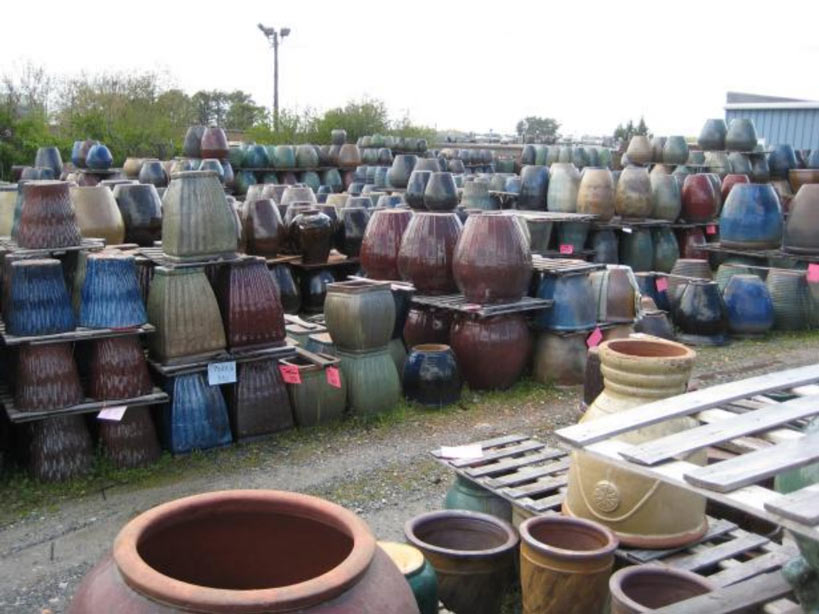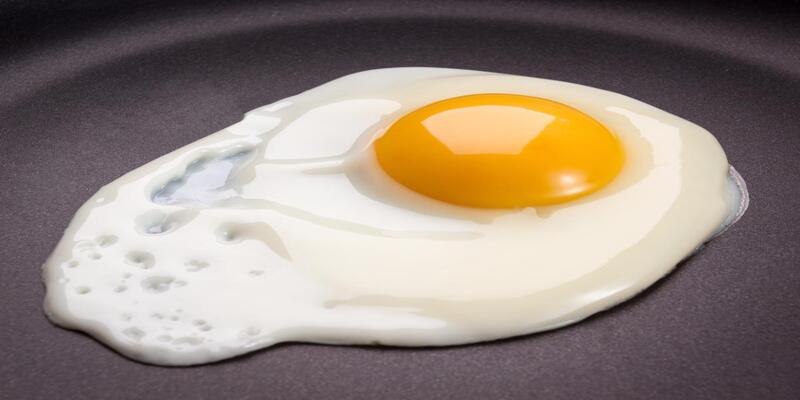Are you looking for the best way to store garlic? Whether it's whole heads of garlic, individual cloves, peeled or unpeeled, fresh from the garden, or purchased from a grocery store, you'll want to ensure that your garlic stays as fresh and flavorful as possible.
This blog post will cover everything you need to know about properly storing garlic to retain its maximum flavor while staying safe for dish use. Read on to learn tips and tricks on choosing the right container, controlling humidity, maintaining temperature, and more!
How Long Does Garlic Last?
The shelf life of garlic depends on how it's stored. Whole heads of garlic can last for up to 3 months, while peeled cloves will usually only last up to a month. Keeping your garlic in optimal conditions can extend this timeline significantly.
Choosing the Right Container
When storing garlic, you'll want to choose a container that is breathable and allows air circulation. Glass jars with lids or mesh bags are ideal for keeping whole heads of garlic fresh and flavorful; individual cloves should be kept in airtight containers such as plastic bags or Tupperware. It's important not to leave any room for moisture buildup—this will cause the garlic to spoil more quickly.
For garlic stored in jars or bags, keep the container away from direct sunlight; bright light can cause the cloves to dry out. Refrigeration is only recommended for long-term storage if you use garlic within a few weeks. Keeping garlic at room temperature—around 65 degrees Fahrenheit (18 Celsius) with low relative humidity (50%). Avoid storing garlic near onions, as this can create an environment that encourages fungal growth.
When buying fresh garlic, look for heads with tight skins and no signs of mold or decay. Inspect each clove to ensure it has been harvested recently and is free of brown spots. Store any unused cloves in sealed containers right away. The sooner they're refrigerated, the longer their shelf life will be.
Controlling Humidity and Temperature
Controlling humidity and temperature when storing garlic is essential to preserving its shelf life. Finding a location that won't get too hot or cold is important, as both extremes can accelerate the breakdown of garlic's flavor.
Humidity should also be monitored; too much moisture can cause the garlic to become slimy and rot more quickly. To reduce the risk of mold growth, keep your garlic away from water sources such as sinks or dishwashers. If you're using a container with a lid, make sure it has some holes for ventilation so air can circulate freely.
A desiccant pack could help protect your garlic from excess moisture if you live in an area with high humidity. You can wrap the bulbs in paper towels to absorb extra moisture.
How to Store Whole Garlic Heads:
When storing whole garlic heads, you'll want to keep them in a dark, cool place that won't get too hot or cold. Ideal temperatures are between 4-18°C/ 40-65°F. A pantry or cupboard away from any heat sources is the perfect spot. Keep your garlic heads in mesh bags or glass jars with lids—this will promote air flow and reduce the risk of mold growth due to excess moisture.
How to Store Peeled Cloves
If you're not using your garlic immediately, it's best to store peeled cloves in an airtight container such as Tupperware, ziplock bags, or plastic wrap. This will help prevent oxidation and retain flavor. Remove any excess air from the container and place it in the refrigerator—this will keep your garlic fresh for up to a month.
Storing garlic correctly is essential for preserving its flavor and shelf life. By choosing the right container, controlling humidity and temperature levels, and storing peeled cloves in airtight containers, you can ensure that your garlic stays as fresh and flavorful as possible!
How to Store Chopped or Minced Garlic
You'll want to use a container with an airtight lid when storing chopped or minced garlic. This will help keep the garlic from losing its flavor and becoming stale over time. Remove any excess air from the container before sealing it for storage.
Ideally, your chopped or minced garlic should be stored in the refrigerator, which can last up to a month. Keeping it at colder temperatures helps reduce oxidation and maintain optimal flavor. However, if you're not using your garlic immediately, you can also store it in the freezer for up to 6 months—though freezing may impact its texture and taste when thawed.
Freezing Garlic

Freezing garlic is a great way to store it for an extended period and retain its flavor. You can freeze both whole heads of garlic and individual cloves. However, freezing peeled cloves will produce the best results. To ensure optimal flavor, use airtight containers or plastic bags for storage.
When freezing your garlic, keeping humidity and temperature in mind is important. Too much moisture can cause mold, while too much heat can accelerate the breakdown of flavors. Aim for temperatures between -18°C/ 0°F and -34°C/ -30°F; this will help maintain optimal texture and taste while preserving its shelf life.
To prepare garlic for freezing, you'll want to start with clean, dry cloves. For whole heads of garlic, break them up into individual. Cloves before freezing will make them easier to thaw and use later. Peel the cloves if desired; peeled cloves are more likely to retain flavor during storage. Once prepped, place your garlic in an airtight container or plastic bag and store it in the freezer for up to 6 months.
Preserve Garlic by Making Your Puree or Paste
Making garlic puree or paste is an easy and effective way to preserve its flavor and extend its shelf life. To do this, you'll want to start with fresh, clean garlic cloves. Peel the cloves if desired—peeled cloves are more likely to retain their flavor during storage. For added flavor, you can also add other ingredients, such as olive oil, lemon juice, or herbs.
Once prepped, place your garlic in a food processor or blender and pulse until it reaches a smooth consistency. Depending on how much garlic you're using, you may need to add a tablespoon or two of water while blending to help create the right texture. Once blended, transfer your puree into an airtight container and store it in the refrigerator.
With this preservation method, your garlic puree or paste can last up to three months in the refrigerator. You can use it for various dishes, from dressings and sauces to soups and stews. If you want to extend its shelf life even further, consider freezing your puree or paste in ice cube trays—this will keep it fresh for up to six months!
FAQs
Q: Is there any special container I need to store garlic in?
A: Not necessarily! You can store whole heads of garlic and individual cloves in various containers such as mesh bags, paper bags, glass jars with airtight lids, or ceramic containers with lids. Choose a container allowing air circulation so the garlic doesn't get too moist or dry.
Q: How long can I store garlic?
A: If stored properly and in the right conditions, whole heads of garlic can last up to two months, while individual cloves will usually keep for around 10 days. To ensure your garlic stays fresh and flavorful for as long as possible, check it periodically for any signs of spoilage, such as mold, darkening skin, softness in the cloves, or an unpleasant odor.
Q: What if my garlic starts to sprout?
A: It's normal for garlic cloves to sprout after a few weeks of storage. Sprouted garlic can still be edible, but its flavor will have been slightly diminished. To prevent your garlic from sprouting, ensure it's stored in an environment with the right temperature and humidity.
Conclusion
Storing garlic correctly is essential to ensure its maximum flavor and shelf life. Be sure to pick the right container, maintain the correct temperature and humidity levels, and check it regularly for any signs of spoilage. With these tips, you can enjoy your garlic for weeks or months!





